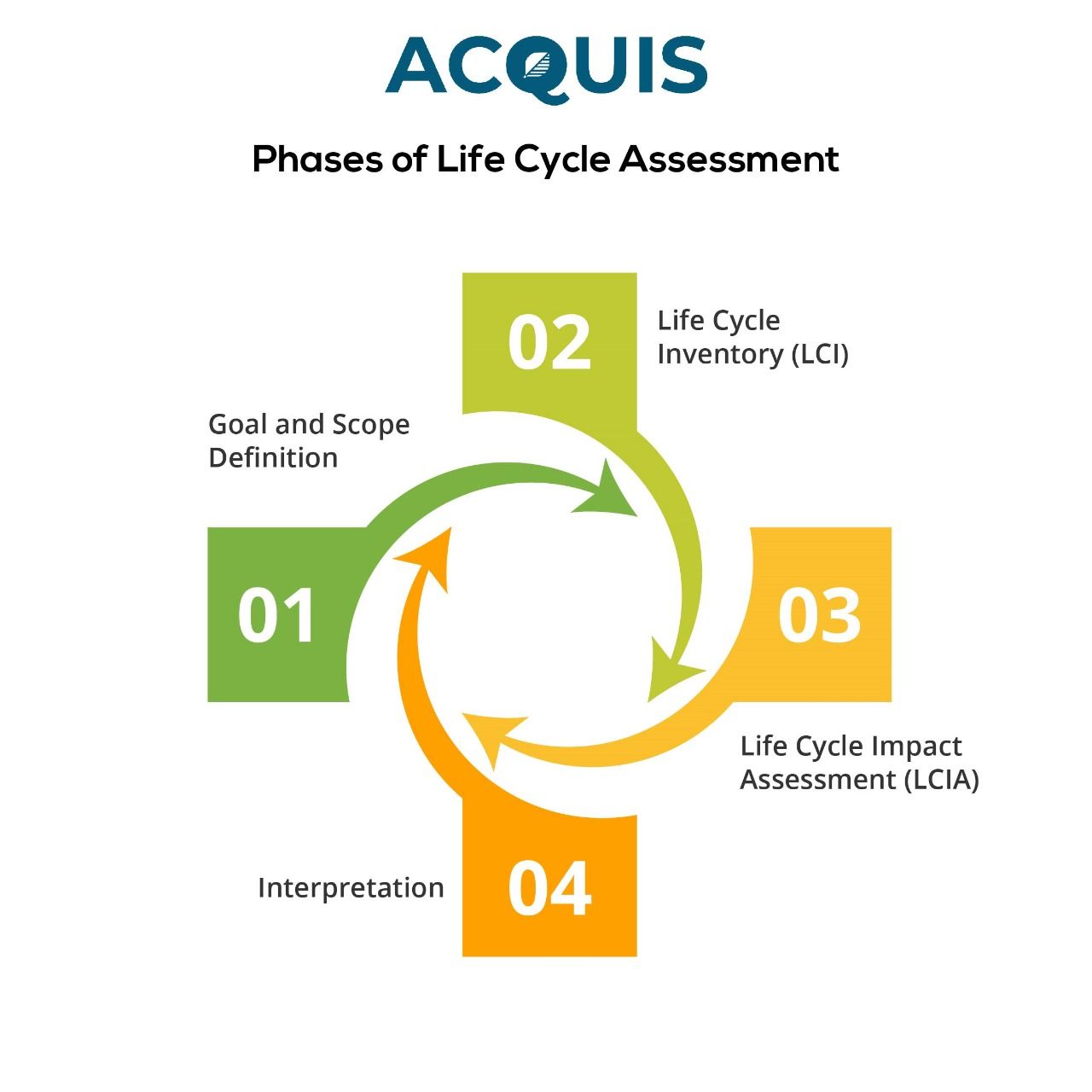Table of Contents
Introduction to LCA
In today's era of increasing environmental consciousness, understanding the environmental impact of products and services has become paramount. Life Cycle Assessment (LCA) emerges as a powerful method that evaluates the environmental implications of a product or service throughout its entire life cycle, encompassing everything from raw material extraction to disposal or recycling.
The Purpose of Conducting LCA
The primary objective of conducting an LCA is to identify and assess the environmental burdens associated with a product or service. By evaluating various stages of its life cycle, including raw material acquisition, manufacturing, transportation, use, and end-of-life treatment, LCA helps to pinpoint areas that can be optimized to minimize negative environmental impacts. Moreover, it provides a comprehensive overview of a product or service's environmental performance, empowering informed decision-making and promoting eco-design and sustainable practices.
Phases of Life Cycle Assessment
LCA encompasses four main phases, each contributing to a thorough review of the environmental effects and potential improvements:

- Goal and Scope Definition: At this initial stage, the study's objectives and boundaries are set, defining the system's functional unit and life cycle stages to be analyzed. Data requirements, assumptions, and limitations are identified to ensure the assessment's accuracy and consistency.
- Life Cycle Inventory (LCI): The LCI phase involves gathering data on inputs, outputs, and environmental effects throughout the product's life cycle. This data is organized and quantified to create a life cycle inventory, offering a comprehensive picture of material and energy flows as well as associated emissions.
- Life Cycle Impact Assessment (LCIA): The collected inventory data is analyzed in this phase to assess potential environmental impacts. By applying impact assessment methods, LCA translates emissions and resource consumption into impact categories like climate change, human health, and resource depletion.
- Interpretation: The final phase involves interpreting and communicating the results. The identified environmental effects and their significance are evaluated in light of the established goals. Stakeholders, including manufacturers, policymakers, consumers, and researchers, are then presented with the results to facilitate sustainable practices and informed decision-making.
Who Needs an LCA and Why?
LCA serves diverse stakeholders, including:
- Manufacturers & Businesses: To understand and reduce the environmental footprint of their products or processes, optimize resource efficiency, and make sustainable production decisions.
- Policy Makers & Regulators: To develop environmental policies, regulations, and standards based on scientifically-backed assessments of environmental impacts.
- Consumers: To make informed decisions and support environmentally friendly products.
- Researchers & Academics: To study and understand the environmental impacts of various systems and contribute to sustainable technology development.
- NGOs & Environmental Advocates: To raise awareness, influence policies, and advocate for sustainable practices.
- Investors & Financial Institutions: To assess environmental risks and opportunities associated with investments and align decisions with environmental objectives.
Types of LCA Approaches
LCA offers two perspectives to analyze environmental impacts:
- Attributional LCA: Focuses on assessing current environmental impacts based on actual data and inventory of inputs and outputs, providing a snapshot of the system's current environmental performance.
- Consequential LCA: Analyzes potential changes and impacts resulting from different decisions made in the life cycle, considering broader system-level effects and long-term consequences. It enables the assessment of alternative scenarios and informed choices for sustainability.
Data Collection for LCA
Data collection for LCA involves various methods, including primary data collection, secondary data sources, LCA software, proxy data and modeling, expert judgment, and literature review. Ensuring data quality and transparency is crucial to maintain accuracy and reliability throughout the assessment.
LCA Standards and Legal Considerations
LCA standards, such as ISO 14040 and ISO 14044, provide a general framework and guidance for conducting assessments. Certain industries may have specific standards and guidelines tailored to their products or sectors. Additionally, some regions have regulatory requirements mandating or encouraging LCA use in specific sectors, promoting sustainable practices through voluntary initiatives and certifications.
Conclusion
Life Cycle Assessment (LCA) is a valuable tool for assessing the environmental impacts of products, processes, or systems throughout their entire life cycle. By providing a systematic approach to evaluating resource consumption, energy use, emissions, and waste generation, LCA empowers stakeholders to make informed, sustainable decisions. Despite its limitations, ongoing advancements in data collection, modeling techniques, and stakeholder engagement continue to enhance the accuracy and relevance of LCA assessments.
As manufacturers, decision-makers, and consumers become more aware of LCA's benefits, sustainable development and well-informed decisions gain momentum. By considering the holistic environmental impacts of products and services, LCA plays a pivotal role in guiding the transition toward a more environmentally conscious and resource-efficient future.
